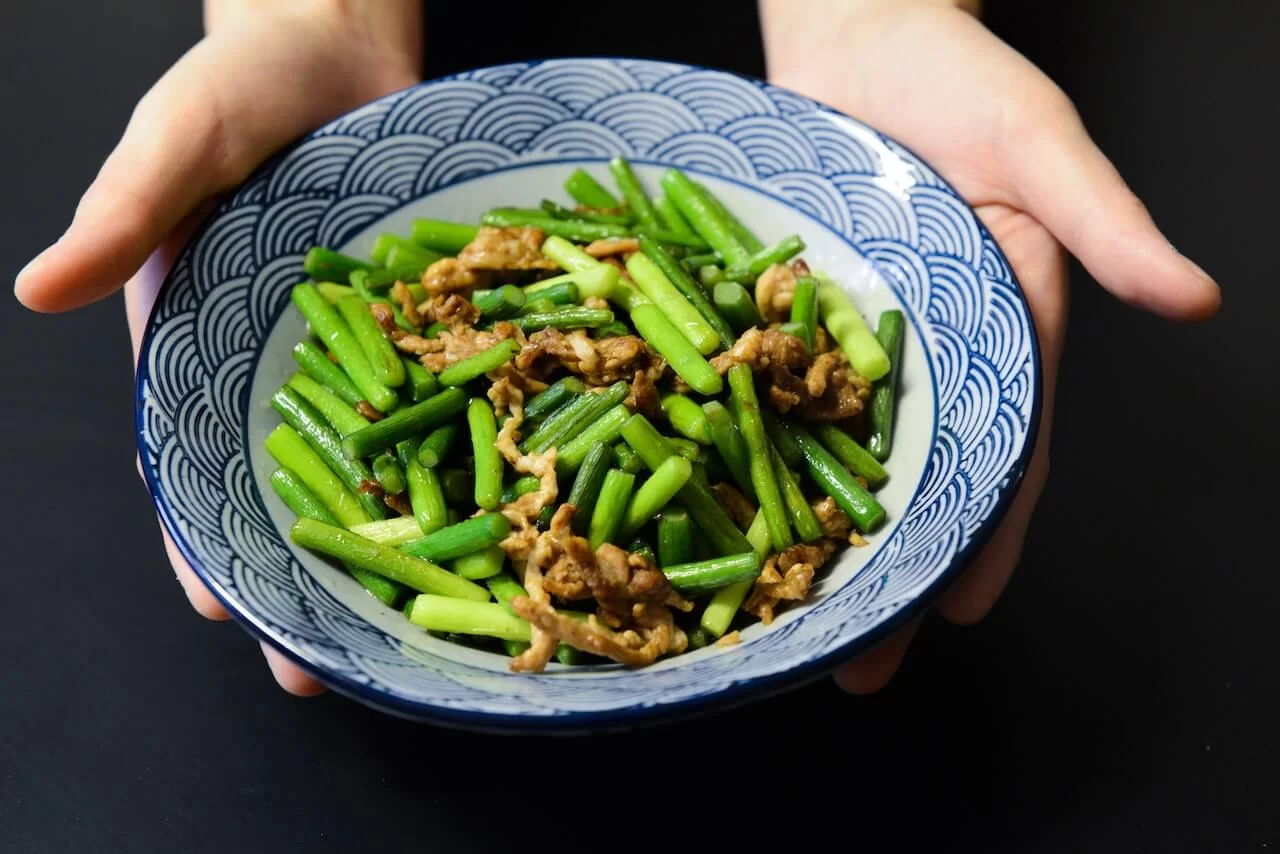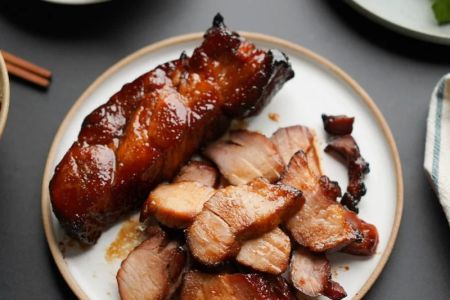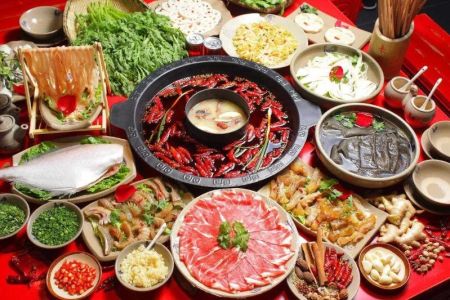How to Find Chinese Food That’s Not Deep-Fried: A Guide to Healthy Options
- 1. Why Choose Chinese Food That’s Not Deep-Fried?
- 2. Healthy Chinese Food Options to Try
- 3. How to Spot Non-Fried Chinese Dishes
- 4. Real-Life Examples of Healthy Chinese Meals
- 5. How GochinaRose Can Help You Find Healthy Chinese Food
1. Why Choose Chinese Food That’s Not Deep-Fried?
Chinese cuisine is known for its rich flavors and diverse dishes, but many popular choices—like General Tso’s chicken and egg rolls—are often deep-fried, making them heavy and high in calories. While these dishes are undeniably delicious, they may not be the best choice for those looking for a healthier, lighter meal.
Opting for Chinese food that’s not deep-fried can significantly reduce the calorie count and fat content of your meal. Non-fried dishes often focus on fresh ingredients, steaming, stir-frying with minimal oil, or braising, which can lead to a lighter yet still flavorful dining experience. Whether you’re trying to eat healthier, control your weight, or simply enjoy a more authentic taste of Chinese cooking, choosing non-fried options is a great place to start.
2. Healthy Chinese Food Options to Try
If you’re looking for healthier alternatives to deep-fried Chinese dishes, here are some options that highlight fresh ingredients and cooking methods that focus on lightness and flavor:
- Steamed Dumplings: Unlike fried dumplings, steamed versions are lighter and allow you to enjoy the delicate flavors of the filling, whether it’s pork, shrimp, or vegetables. A great option for those craving dim sum without the grease.
- Stir-Fried Vegetables: Stir-fried vegetables, such as Chinese broccoli (gai lan), bok choy, or snow peas, are cooked in a small amount of oil, preserving their natural crunch and nutrients. These dishes are full of flavor and nutrients without being greasy.
- Hot and Sour Soup: A popular starter, hot and sour soup is typically made with a rich broth, tofu, mushrooms, and bamboo shoots. It’s a light, flavorful option that isn’t fried but still packs a punch in terms of taste.
- Steamed Fish: A staple in Cantonese cuisine, steamed fish is often served with ginger, scallions, and a light soy sauce. This dish is low in fat, high in protein, and brings out the natural flavors of the fish.
- Mapo Tofu (Without Pork): A traditional Sichuan dish, mapo tofu is often served with ground pork, but it can be made with just tofu and a spicy, flavorful sauce. It’s a healthy, vegetarian alternative to its meat-heavy counterpart.
These dishes highlight the diverse flavors of Chinese cuisine, focusing on fresh, wholesome ingredients and cooking methods that maintain the integrity of the food without adding excess calories or fat.
3. How to Spot Non-Fried Chinese Dishes
When navigating a Chinese menu, it’s not always obvious which dishes are deep-fried and which are not. However, there are a few key tips to help you spot healthier, non-fried options:
- Look for Steamed or Braised Dishes: These are usually prepared with little to no oil and often focus on retaining the natural flavors of the ingredients. Dishes like steamed fish, braised pork belly, or steamed buns are typically non-fried.
- Avoid Terms Like "Crispy" or "Fried": Words like crispy, golden, or fried in the dish description are clear indicators that the dish has been deep-fried. Instead, choose stir-fried, braised, or steamed options.
- Check for Broth-Based Soups: Dishes like wonton soup or hot and sour soup are usually broth-based, which is a sign they aren’t fried. These dishes are packed with flavor without the heaviness of fried foods.
- Choose Vegetable-Centric Dishes: Dishes that focus on vegetables, such as stir-fried mixed vegetables or vegetable soups, tend to be lighter and less likely to be fried. Vegetables are typically stir-fried with minimal oil, making them a great choice for those seeking a healthier meal.
By paying attention to these key details, you can make more informed choices when dining out and enjoy Chinese food without the deep-fried calories.
4. Real-Life Examples of Healthy Chinese Meals
On a recent visit to a local Chinese restaurant, I decided to try a few non-fried dishes to see just how flavorful they could be. I started with a bowl of hot and sour soup, which was the perfect balance of spicy, tangy, and savory. For the main course, I had steamed fish with ginger and scallions, which was incredibly fresh and delicately flavored. The fish was tender, and the broth complemented it perfectly without being heavy. I also had a side of stir-fried Chinese broccoli, which was crisp and flavorful without the greasy texture that sometimes comes with stir-frying.
This meal was light, refreshing, and completely satisfying. It showed me that Chinese food doesn’t need to be deep-fried to be delicious—it just takes the right preparation and focus on fresh ingredients.
5. How GochinaRose Can Help You Find Healthy Chinese Food
If you’re looking for more healthy Chinese food options, GochinaRose is here to help. With a curated list of restaurants that offer healthy, authentic Chinese dishes, you can easily find places that serve up non-fried options that stay true to the flavors of Chinese cuisine. Whether you’re in the mood for steamed dumplings, stir-fried vegetables, or a light broth-based soup, GochinaRose can guide you to the best spots in your area. Visit GochinaRose to explore the full list of healthy Chinese dining options and make your next meal a delicious, non-fried experience.







![Top Chinese Restaurants for Authentic Cantonese Cuisine in [Your City]](https://img.gochinarose.com/d33/2507/4157910400_450x300.webp)
